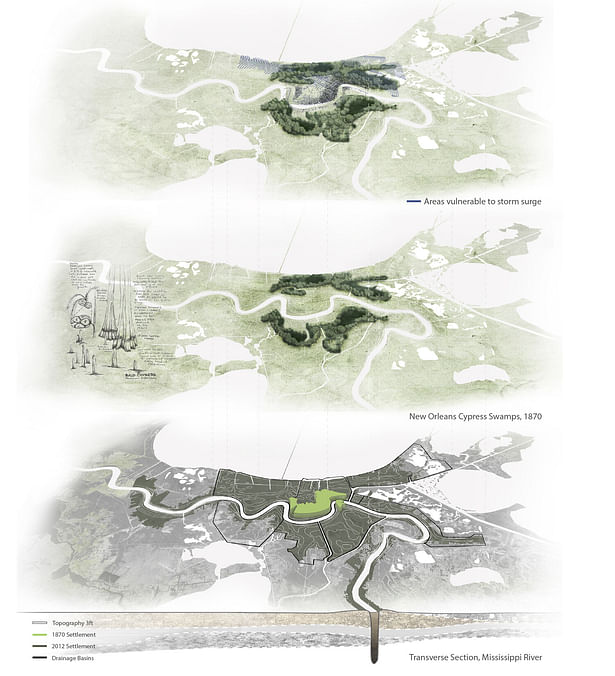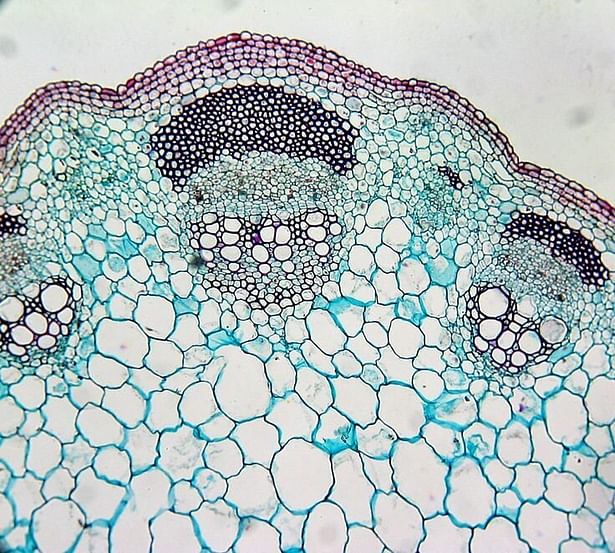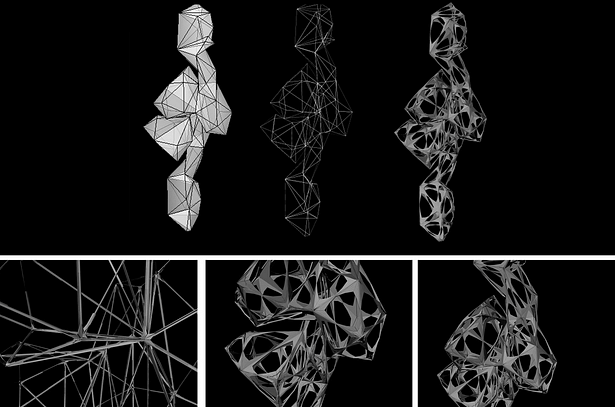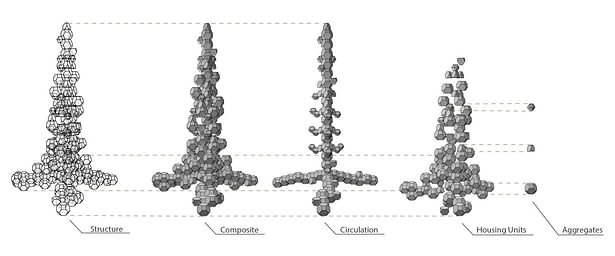
//mediating the city edge with the natural swamp condition
Global sea level rise is projected to escalate drastically within the next century, which will increase storm surge and shoreline degradation along low-lying coastal margins. The increasing severity of rising sea levels, land subsidence, and storm surge in the Gulf Coast region will lead to considerable loss of developed land. By 2100, a rise of only a few meters will inundate thousands of acres of highly developed land, communities, and natural habitat along the southern coast. The Grafted Cypress Tower utilizes the strength of the swamp ecosystem to create a hybridized environment that supports residential units while also allowing the natural systems to flourish.
Status: School Project
Location: New Orleans, LA, US
My Role: Student; Group project with Margo Alleman
Additional Credits: Louisiana State University, Architecture Studio (Fall 2012)






